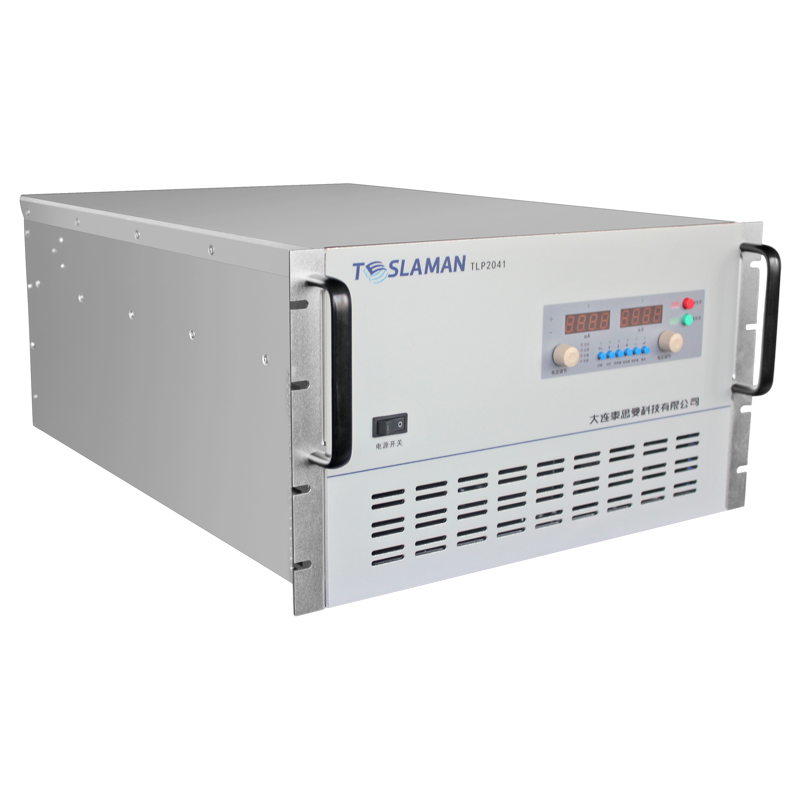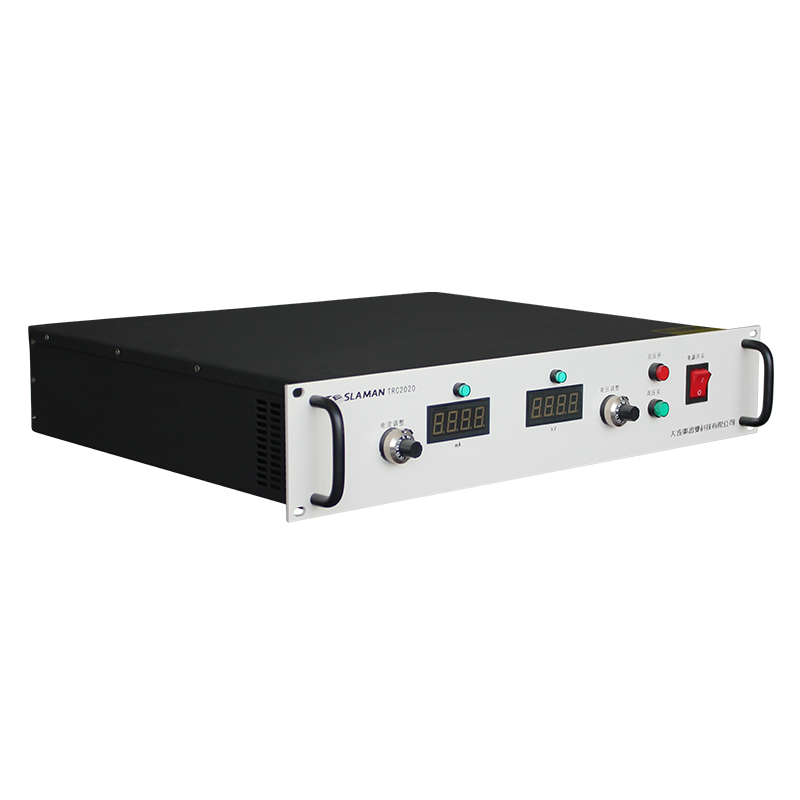Application and Performance Verification of High-Voltage Power Supply Systems in Deep-Sea Exploration Equipment
With the rapid development of science and technology, deep-sea exploration has become an important field in marine scientific research and resource development. Deep-sea exploration equipment plays an irreplaceable role in exploring the seabed world, studying marine geology, and developing marine resources. In this process, high-voltage power supply systems, as one of the core components of deep-sea exploration equipment, are crucial for their application and performance verification.
I. Application of High-Voltage Power Supply Systems in Deep-Sea Exploration Equipment
Deep-sea exploration equipment needs to work in extreme environments, such as high pressure, low temperature, and high salinity. To ensure the normal operation of these equipments, a stable and reliable high-voltage power supply is usually required. The applications of high-voltage power supply systems in deep-sea exploration equipment mainly include the following aspects:
1. Deep-Sea Submersibles: Deep-sea submersibles require high-voltage power supplies to drive their propulsion systems, lighting systems, camera systems, etc. These systems are crucial for the normal operation of submersibles.
2. Seabed Drilling Equipment: Seabed drilling equipment requires high-voltage power supplies to provide power and achieve seabed rock drilling operations. This is of great significance for studying seabed geological structures and developing seabed mineral resources.
3. Seabed Observation Networks: Seabed observation networks require high-voltage power supplies to maintain their long-term and stable working state. These observation networks can monitor seabed environmental parameters in real time, providing strong support for marine scientific research.
4. Other Deep-Sea Exploration Instruments: In addition to the aforementioned types of equipment, many other deep-sea exploration instruments require high-voltage power supplies to provide power, such as seabed sonar detectors and seabed magnetometers.
II. Performance Verification of High-Voltage Power Supply Systems
To ensure the stability and reliability of high-voltage power supply systems in deep-sea exploration equipment, strict performance verification is required. Mainly includes the following aspects:
1. Pressure Resistance Performance Test: Verify the stability of the high-voltage power supply system under high-pressure conditions to ensure its reliability under extreme conditions.
2. Insulation Performance Test: Test the insulation performance of the high-voltage power supply system to prevent short circuits, electric leakage, and other failures due to insulation damage.
3. Temperature Rise Performance Test: Simulate the deep-sea low-temperature environment and test the temperature rise performance of the high-voltage power supply system to ensure its normal operation at low temperatures.
4. Corrosion Resistance Performance Test: Test the corrosion resistance of the high-voltage power supply system in seawater to cope with the erosion of high salinity environments.
5. Long-Term Stability Test: Conduct long-term stability tests on high-voltage power supply systems to ensure that they maintain stable performance parameters during long-term operation.
6. System Integration and Joint Debugging Test: Integrate the high-voltage power supply system with deep-sea exploration equipment and conduct joint debugging tests to verify the collaborative work capability and stability of the entire system.
Through the above performance verification, the application effect of the high-voltage power supply system in deep-sea exploration equipment can be ensured, providing a strong guarantee for the development of deep-sea exploration. With the continuous advancement of deep-sea exploration technology, high-voltage power supply systems will also be continuously optimized and improved, providing more powerful and reliable energy support for future deep-sea exploration missions.




















